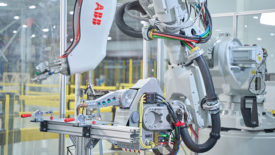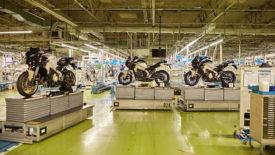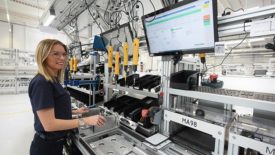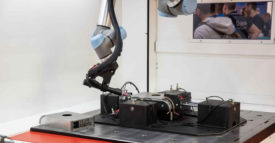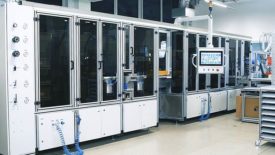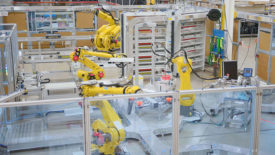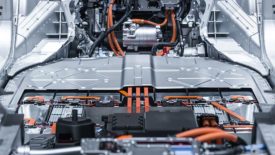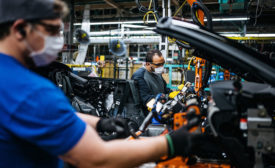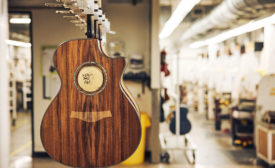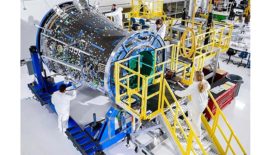Home » Keywords: » flexible assembly
Items Tagged with 'flexible assembly'
ARTICLES
Assembly Lines
Auto Suppliers Need to Shift Focus to Survive the Next Decade
February 13, 2024
EVENTS
Webinar Webinar
9/27/23 to 9/27/24
Contact: Meg K.
Case Study: How Manufacturers Can Digitize Assembly
Webinar Webinar
10/11/23 to 10/11/24
Contact: Meg K.
Optimizing Pick-And-Place With Cartesian Robots
Get our new eMagazine delivered to your inbox every month.
Stay in the know on the latest assembly trends.
SUBSCRIBE TODAY!Copyright ©2024. All Rights Reserved BNP Media.
Design, CMS, Hosting & Web Development :: ePublishing
